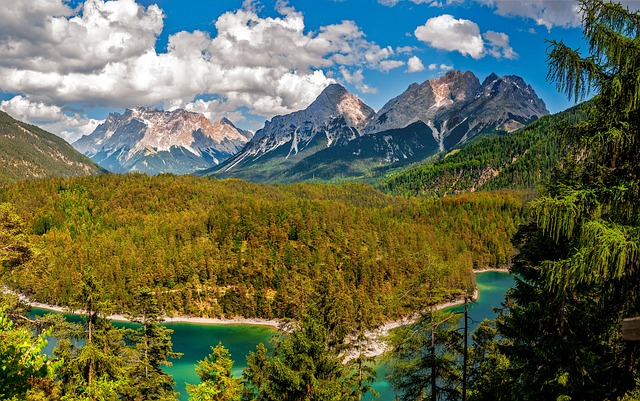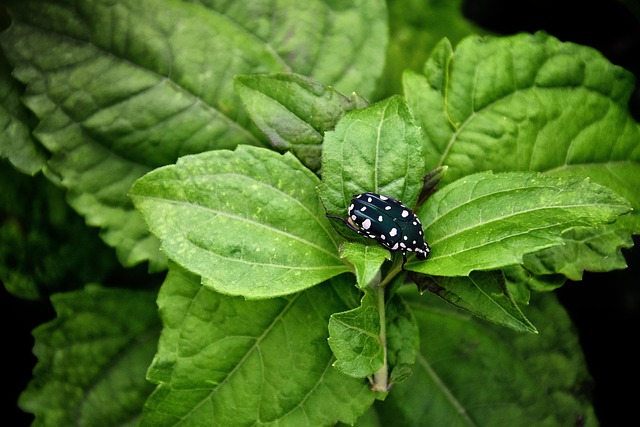Vignette Austria: A Tapestry of Culture and Nature
Austria, nestled in the heart of Europe, is renowned for its stunning landscapes, rich historical heritage, and vibrant cultural scene. As a landlocked nation bordered by eight countries, it has been shaped by numerous influences over the centuries. From the majestic peaks of the Alps to the serene banks of the Danube, Austria offers a diverse tapestry that interweaves natural beauty with profound cultural significance. In this exploration of “Vignette Austria,” we will navigate through its cultural dynamism and breathtaking nature, revealing what makes this country a remarkable destination.
Natural Wonders of Austria
The natural landscape of Austria is as diverse as it is breathtaking. The country is home to majestic mountains, lush valleys, and serene lakes, all of which contribute to its reputation as a top destination for outdoor enthusiasts and nature lovers.
The Alps: Austria’s Majestic Backbone
The Austrian Alps are perhaps the most iconic natural feature of the country. Stretching across the western and southern portions, this mountain range not only offers stunning vistas but also provides ample opportunities for outdoor activities. In winter, the Alps transform into a skier’s paradise, with world-class resorts like St. Anton and Kitzbühel attracting tourists from around the globe. In the summer, hiking, mountain biking, and climbing draw adventurers eager to explore the vast alpine trails.
Picturesque Lakes and Rivers
Austria’s lakes are another facet of its natural beauty. Lake Wolfgangsee, known for its stunning blue waters and surrounded by charming villages like St. Gilgen, is a prime destination for swimming, sailing, and hiking. Lake Neusiedl, situated near the Hungarian border, is renowned for its unique steppe landscape and is a UNESCO World Heritage site. The Danube River, Europe’s second-longest river, flows through Austria, providing stunning views and opportunities for leisurely boat cruises. Its banks are lined with picturesque towns and historical cities that showcase the rich culture of Austria.
Cultural Heritage: A Land Steeped in History
Austrian culture is a mélange of its historical influences, artistic achievements, and traditions. From music to architecture, Austria has a captivating narrative that resonates through its cities and regions.
Vienna: The Cultural Capital
Vienna, the capital city, is often regarded as the cultural epicenter of Austria. Its imperial history is reflected in the grand architecture of the Hofburg Palace, the Vienna State Opera, and countless baroque churches. The city’s museums are treasure troves of art and history; the Kunsthistorisches Museum houses works by masters such as Rembrandt and Vermeer, while the Belvedere Museum features Gustave Klimt’s iconic “The Kiss.” The city pulsates with musical heritage, having been home to legendary composers such as Mozart, Beethoven, and Strauss. The annual New Year’s Concert, held by the Vienna Philharmonic Orchestra, showcases the city’s enduring musical legacy and attracts audiences globally.
Salzburg: The Birthplace of Mozart
Salzburg, known for its picturesque old town and fortress, is the birthplace of Wolfgang Amadeus Mozart. The city celebrates its musical heritage with festivals such as the Salzburg Festival, where renowned artists present opera, drama, and classical music performances. The Baroque architecture, especially the Salzburg Cathedral and Mirabell Palace, enhances the city’s charm. The Sound of Music Tour also attracts fans of the beloved film, guiding them through the stunning landscapes and locations depicted in the movie.
Traditional Festivals and Customs
Austria’s events calendar is imbued with traditional festivals that reflect the local culture, folklore, and seasonal changes. These celebrations offer insights into the customs and values of Austrian society.
Almabtrieb: The Cattle Drive
One of the most picturesque traditions is Almabtrieb, the annual cattle drive. In late summer, farmers decorate their cows with flowers and lead them down from the Alpine pastures to the valleys, marking the end of the grazing season. This event is not just a practical necessity but a festive celebration, complete with music, dancing, and plenty of local food and drink. Visitors can witness this colorful spectacle in many alpine regions, particularly in Tyrol and Bavaria.
Advent and Christmas Markets
The Advent season brings a special kind of magic to Austria. Christmas markets spring up in towns and cities, adorned with twinkling lights and festive decorations. The scent of roasted chestnuts and spiced mulled wine fills the air as visitors wander through stalls offering handcrafted gifts, ornaments, and delicious pastries. Each market has its unique character, with Vienna’s Christkindlmarkt being one of the most famous. Traditional concerts and caroling further enhance the enchanting atmosphere.
Culinary Delights: A Taste of Austria
Austrian cuisine is a reflection of its cultural heritage and geographical variety. Food in Austria is deeply tied to traditions, and every region has its specialties that echo the local ingredients and culinary practices.
Savouring Traditional Dishes
Wiener Schnitzel is perhaps the most famous dish, made from thinly sliced veal, breaded, and fried to golden perfection. This delicacy is often served with potato salad or lingonberry jam. Another beloved dish is Tafelspitz, boiled beef served with root vegetables and traditional sauces, frequently enjoyed on Sundays. Desserts hold a special place in Austrian cuisine, with Sachertorte—a dense chocolate cake with apricot jam, and Apple Strudel being absolute must-tries. Enjoying coffee and cake at one of Vienna’s historic coffeehouses is a quintessential Austrian experience.
Wines and Beverages
Austria’s wine production, particularly in regions like Wachau and Burgenland, is gaining international recognition. The country is known for its high-quality white wines, especially Grüner Veltliner, which pairs wonderfully with local cuisine. Austria also produces exceptional red wines, such as Blaufränkisch and St. Laurent. Beer, too, has a strong tradition, with numerous local breweries crafting a variety of styles, ranging from lagers to wheat beers. Traditional beer gardens invite visitors to relax and savor the country’s brewing heritage.
Conclusion: The Allure of Austria
In conclusion, Austria is a canvas painted with the colors of nature and culture. From the stunning landscapes of the Alps and serene lakes to the vibrant cultural scene of cities like Vienna and Salzburg, the country offers a unique experience that captivates travelers. Its rich history, coupled with traditional festivals and culinary delights, creates a tapestry that speaks to both the heart and mind. Whether seeking outdoor adventures or a deep dive into the arts, Austria invites exploration and appreciation, making it a destination that resonates with a diverse array of interests. The glorious interplay between Austria’s natural beauty and cultural richness truly exemplifies the essence of this enchanting land.


